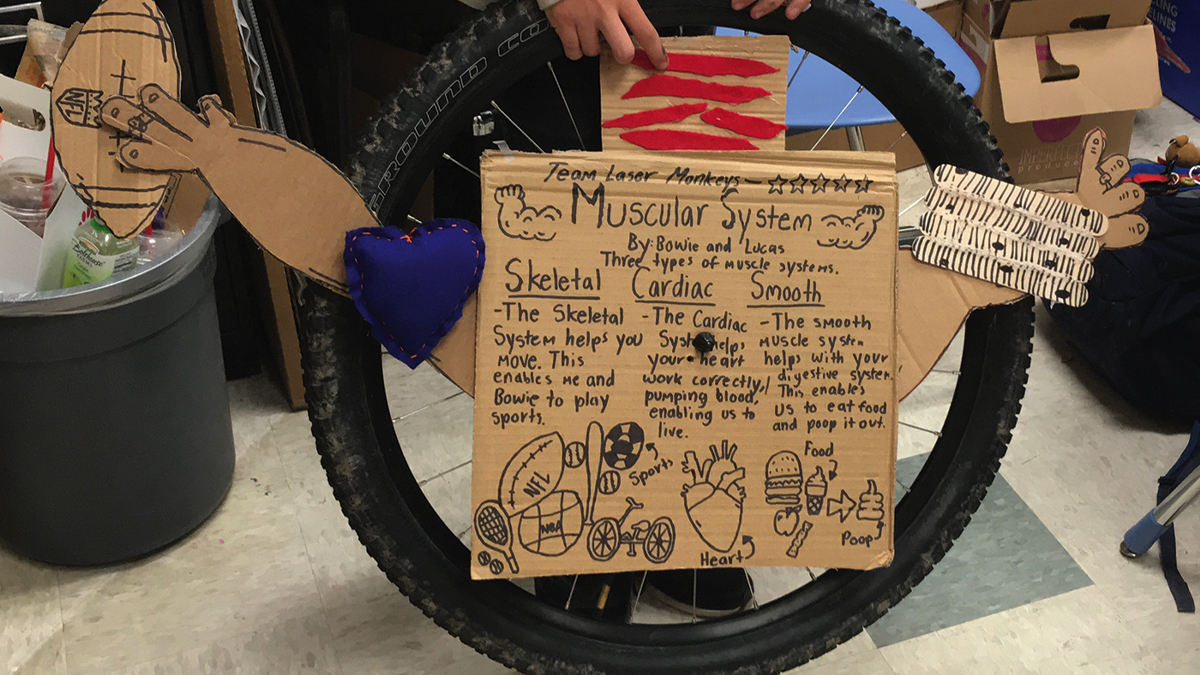From the Editor's Desk
From STEM to STEAM
Science Scope—March 2020 (Volume 43, Issue 7)
By Patty McGinnis
Teacher's Toolkit
Community Ethnography
Science Scope—March 2020 (Volume 43, Issue 7)
By Kathleen Schenkel, Selena Bliesener, Angela Calabrese Barton, and Edna Tan
Science For All
The Forgotten Factor
Executive Functioning and Success in the Classroom
Science Scope—March 2020 (Volume 43, Issue 7)
By Kaitlyn McGlynn and Janey Kelly
Scope on the Skies
Spring Migrations
Elementary Informal Education | Daily Do
How Do We Know What Isopods Do?

Feature
Start With Art
Using perspective to guide an interdisciplinary STEAM unit
Feature
After-School STEAM Club Connects Botany, Art, and Gaming
Citizen Science
Hop Into Spring With Amphibian Citizen Science
Practical Research
Distributing Expertise to Integrate Computational Thinking Practices
Science Scope—March 2020 (Volume 43, Issue 7)
By MICHAEL CASSIDY, ELI TUCKER-RAYMOND, AND GILLIAN PUTTICK
Making in the Middle
Making Sense of the Human Body
Science Scope—March 2020 (Volume 43, Issue 7)
By HELENA CASTLE, KIRA LOWERY, AND SHELLY R. RODRIGUEZ







